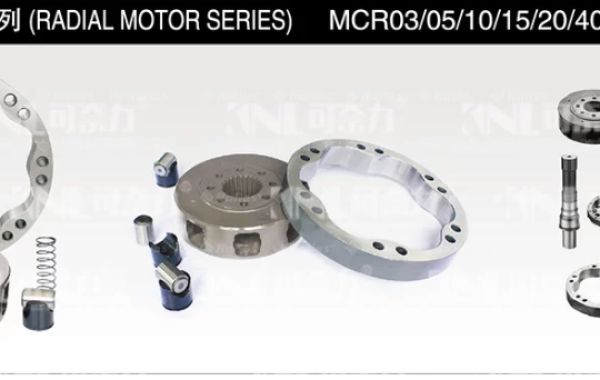Introduction of control valve
The control valve is the actuator in the automatic control system, and its application quality is directly reflected in the adjustment quality of the system. As a terminal element in process control, people have a newer understanding of its importance than in the past. In addition to the quality of the product itself, whether the user has correctly installed, used, and maintained, the correct calculation and selection of the control valve are very important. Due to the error of calculation and selection, the system starts and stops, and some even cannot be put into use. Therefore, users and system designers should recognize the importance of the valve on site, and must pay enough attention to the selection of the control valve.
Valve requirements: anti-cavitation, anti-blocking structure, the valve works continuously when the pump starts and stops running, the valve closes the valve after the pump starts normally, and the valve is usually open for failure.
In the production process, the control system puts forward various special requirements for the valve. Therefore, the control valve must be equipped with various accessories (referred to as accessories) to meet the needs of the production process.
Use of control valves
The control valve has the characteristics of simple structure and reliable action, but because it is in direct contact with the process medium, its performance directly affects the quality of the system and environmental pollution, so the control valve must be regularly maintained and repaired, especially for harsh and important operating conditions. On occasion, more attention should be paid to maintenance work.
For control valves used in high pressure difference and corrosive media, the valve body wall and the diaphragm of the diaphragm valve are often impacted and corroded by the medium, and the pressure and corrosion resistance must be checked.
The principle of control valve
When the control valve is working, due to the infiltration of the medium, the inner surface of the thread used for fixing the valve seat is easily corroded and the valve seat is loosened, so attention should be paid during inspection. For valves that work under high pressure difference, it is also necessary to check whether the sealing surface of the valve seat is damaged.
The regulating valve is the main type of actuator, which changes the fluid flow by power operation by receiving the control signal output by the regulating control unit. The regulating valve generally consists of an actuator and a valve. According to the power used by the actuator, the regulating valve can be divided into three types: pneumatic, electric and hydraulic, namely the pneumatic regulating valve using compressed air as the power source, the electric regulating valve using electricity as the power source, and the liquid medium Pressure-driven electro hydraulic control valve, in addition, according to its function and characteristics, there are solenoid valve, electronic type, intelligent type, field bus type control valve and so on.
For double-acting pneumatic, hydraulic, and electric actuators, there is generally no return spring. The magnitude of the force has nothing to do with its running direction. Therefore, the key to choosing an actuator is to find out the maximum output force and the torque of the motor. For single-acting pneumatic actuators, the output force is related to the opening of the valve, and the force on the control valve will also affect the motion characteristics, so it is required to establish a force balance over the entire opening range of the control valve.







